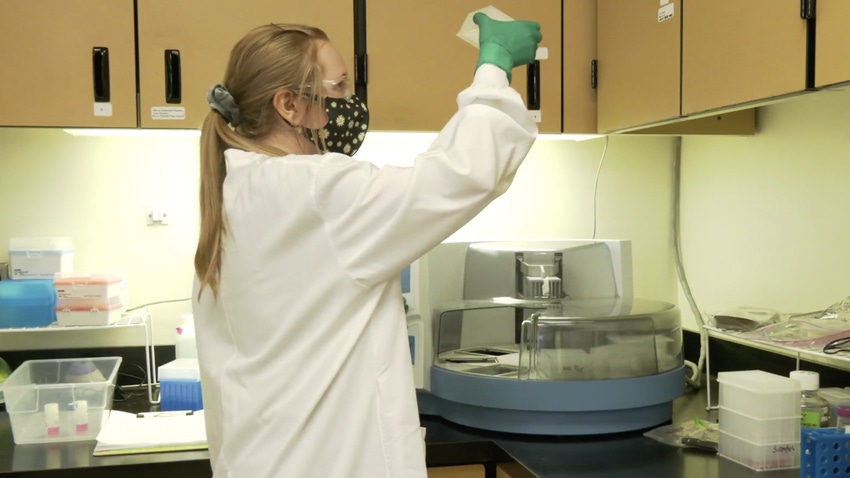
Backed by a new cooperative agreement from the U.S. Department of Agriculture’s Animal and Plant Health Inspection Service, researchers at Oregon State University will soon begin testing approximately 1,600 wild animal specimens for the presence of SARS-CoV-2, the virus responsible for COVID-19.
Researchers in OSU’s Carlson College of Veterinary Medicine want to learn which animal species can harbor and transmit the virus to better predict future zoonotic disease outbreaks, where a pathogen jumps from animals into humans.
They will also be sequencing the full viral genome of SARS-CoV-2 whenever they find it to determine if the strain is related to recent COVID variants that have spread among humans or if it has evolved and spread independently through an animal reservoir.
“There’s always the potential for the virus to establish itself within an animal species permanently, and if that happens, there’s potential for it to be passed around among wild animals and then later spill over into humans,” said Brian Dolan, an associate professor of immunology in OSU’s veterinary college and the lead investigator on the grant.
He said that’s an unlikely scenario, but it would have disastrous implications.
“The reason we’re doing this is that as SARS-CoV-2 transmits among animal species, it could start evolving along its own trajectory and result in a virus that’s sufficiently distinct from the COVID variants currently circulating in humans,” he said. “That would be like a reset of the whole thing.”
It’s more likely that variants circulating among animals will become less capable of infecting humans as they evolve, but Dolan says it’s not worth taking the chance of the opposite outcome.
“While it’s rare, when it does happen, it’s really bad,” he said. “It’s worth keeping an eye on it, to see what’s going on.”
Dolan will work closely with the Oregon Veterinary Diagnostic Laboratory housed at Oregon State. The diagnostic lab tests agricultural and wildlife animal samples for infectious diseases, and in April 2020, began testing human samples for COVID-19, filling a crucial gap in the early days of the pandemic.
“From my standpoint, this project re-emphasizes the ‘one health’ mission of the lab: We don’t deal only with diseases that affect only nonhuman animals; we do lots of work that directly relates to public health,” said Kurt Williams, director of the diagnostic lab.
Wild animals
The research will focus more on wild animal species that may come into contact with humans, such as rodents and bats, as opposed to domestic or livestock animals because existing surveillance measures can detect the spread of SARS-CoV-2 among those groups, Dolan said. He’s partnering with the Oregon Department of Fish and Wildlife and wildlife rehabilitators throughout the state for this work.
The two-year, nearly $1 million cooperative agreement provides funding for lab technicians to add SARS-CoV-2 tests to testing panels they’re already conducting on animal samples that have been submitted to Fish and Wildlife or the diagnostic lab for other reasons. The project will only test mammals, no birds or reptiles, as mammals are the most likely animals to be infected, Dolan said.
“It’s a good investment to start looking at these human-wild animal interfaces and monitoring these sorts of diseases,” Dolan said. “It may not result in diseases that enter the human population or spread among humans, but for the relatively small investment of monitoring, we’re much better prepared to deal with it.”
About the Author(s)
You May Also Like




